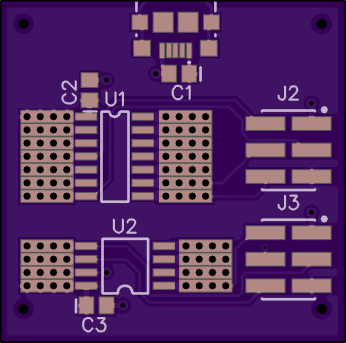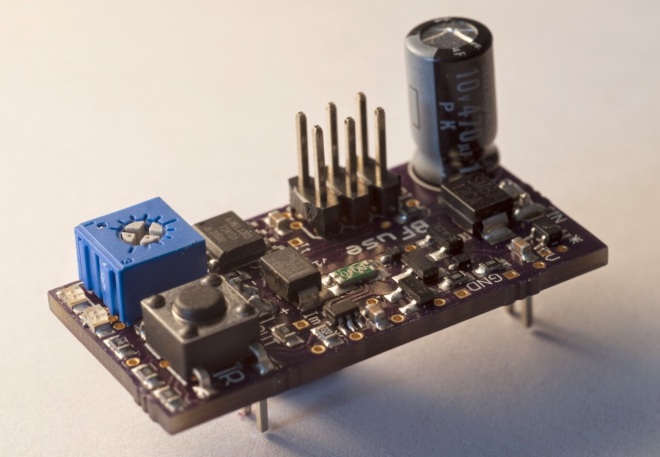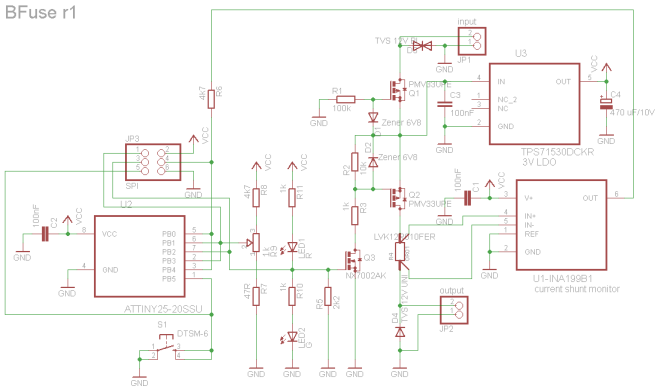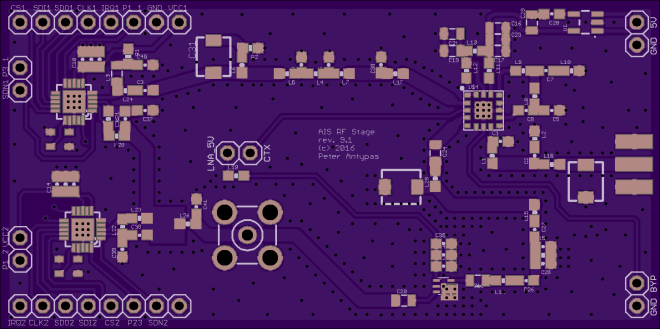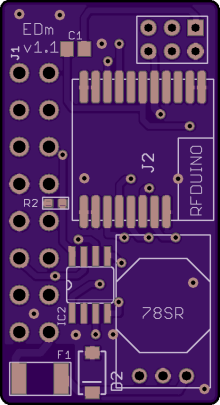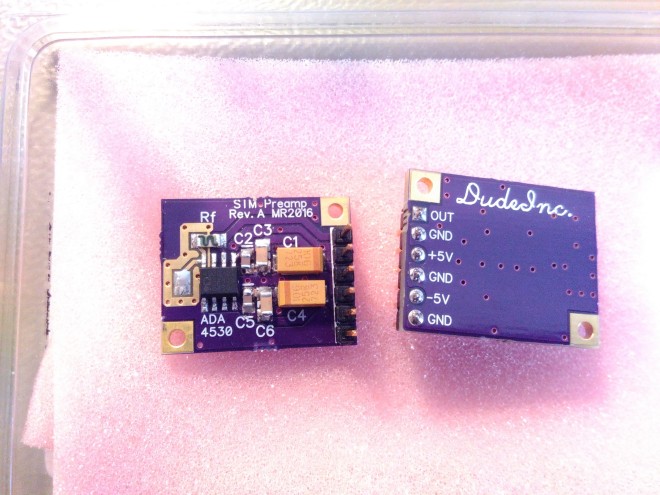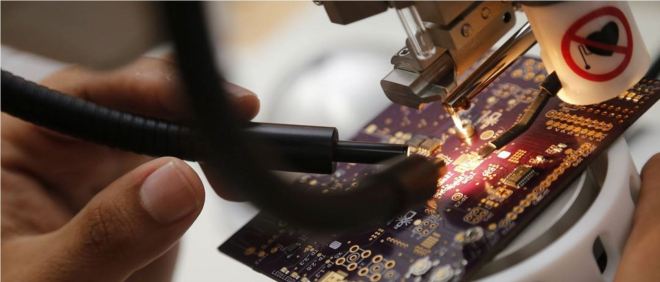Sarunas built this device to replace a bunch of different remote controls with a smart phone:
Blue IR
Build your own universal remote
Features include:
- Control TV, HiFi and more from Android, iPhone or Windows Phone.
- Control devices using NEC, RC5 and SIRC protocols
- Provides Bluetooth Low Energy service for controlling it from other devices.
A solar version was also designed to avoid having to change the battery:
Blue IR solar version
Despite that Bluetooth Low Energy device uses so little of it, the battery will eventually run out. To overcome that, the old device was improved by adding a solar charger.
The design files and source code are available on GitHub:
 drme/ble-remote
drme/ble-remote

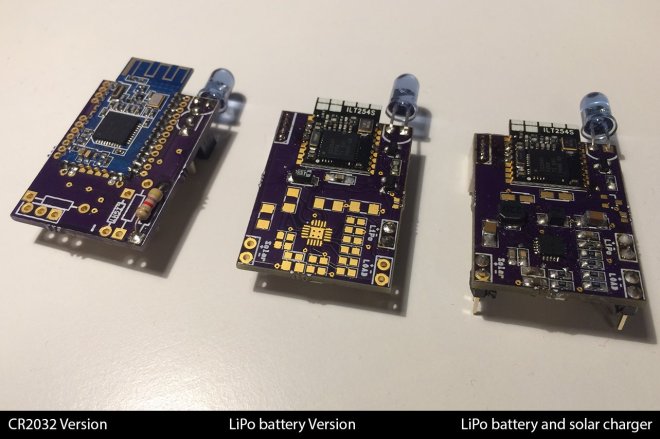


 ATTiny-Widget
ATTiny-Widget


